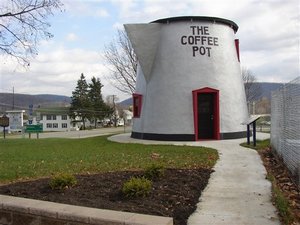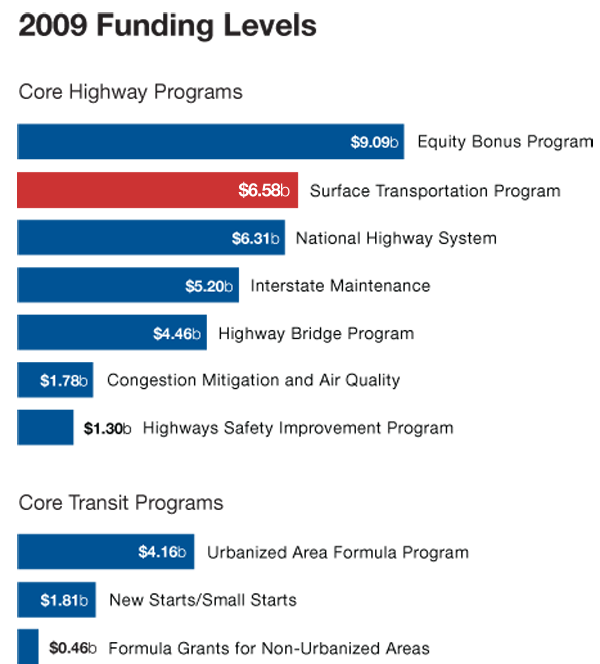 On Friday, we highlighted the disingenuous attempt from some in Congress to tie the need to repair our bridges to the elimination of a tiny program to make it safer to walk or bike on our streets and roads.
On Friday, we highlighted the disingenuous attempt from some in Congress to tie the need to repair our bridges to the elimination of a tiny program to make it safer to walk or bike on our streets and roads.
Senators Rand Paul of Kentucky, Tom Coburn of Oklahoma and John McCain of Arizona have been targeting the transportation enhancements program, a mere 2 percent of the federal transportation budget. They say eliminating the set-aside would make it easier for states to repair bridges, even though many states have failed to prioritize maintenance when they can spend the bulk of their transportation funds however they want.
The Senators and their supporters seem to have gotten a good chuckle out of some particular projects. They point to, among others, roadside snack stand in Pennsylvania shaped like a giant coffee pot and a lighthouse renovation in Toledo, Ohio.
“We picked some of the more interesting and exciting ones to get our colleagues’ attention,” McCain reportedly admitted.
But exciting as they might be, the claims about the projects are “exaggerated and misrepresented,” according to a fact check feature in the Associated Press this past weekend.
That roadside coffee pot? AP’s Joan Lowy reports:
No transportation aid was spent on the coffee pot’s $100,000 restoration, said Olga Herbert, executive director of the Lincoln Highway Heritage Corridor. The money was raised entirely from preservation and civic organizations and local supporters”
“We did not use any of this $300,000 award for anything to do with the coffee pot,” she said. “It’s interesting that nobody from Senator Coburn’s office called me about this.”
As for the lighthouse in Toledo:
Actually, no transportation dollars have been authorized or awarded. The lighthouse renovation is among projects community officials tentatively hope to get around to in 2019.
Senator Paul has also repeatedly cited a supposed “turtle tunnel” project. But the project he referenced on U.S. 27 in Florida was a significant safety issue for motorists, many of whom were forced to swerve when alligators, turtles and other creatures crossed the highway from adjacent Lake Jackson. While Coburn claimed the project would require $6 million or more to finish on an undefined timeline, in fact, USDOT told Lowy the project was completed in September 2010 at $3 million, under budget and $3 million less than Senator Coburn claimed.
Streetsblog Capitol Hill has more.
The takeaway? At the least, members of Conrgess should do a better job fact-checking. While they’re checking the numbers, they might look to see how long it would take to repair bridges relying solely on this relatively tiny share of funds. It would take Paul’s home state of Kentucky 66 years of bike and pedestrian funding to achieve a state of good repair for their bridges. Pennsylvania wouldn’t catch up until sometime during the 24th century.
Safe to say, this isn’t the serious proposal for bridge repair that we urgently need. If Paul, Coburn and McCain are serious about fixing bridges and not just scoring political points, they’ll come back with something better.
Photo courtesy of the Associated Press.
Late update: Senator Rand Paul’s amendment to cut money for walking and biking and direct it to bridge repair failed in the Senate today, by a 60-38 count.




